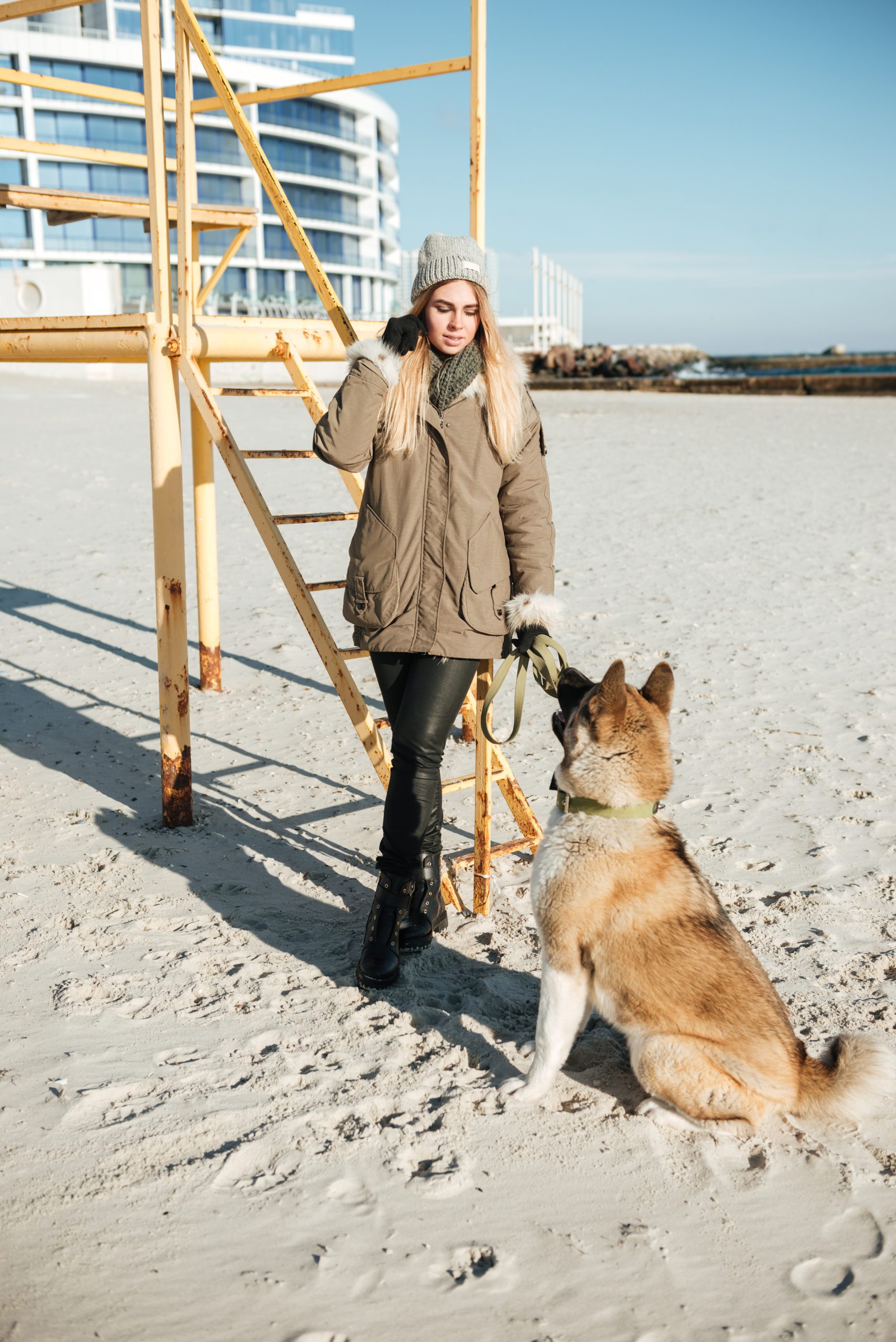Puppies are adorable, playful and full of energy. They also require a lot of attention and training to become well-behaved dogs. As a new puppy owner, you may feel overwhelmed by the task of training your furry friend. But don’t worry! Here are five tips that will help you get started with training your puppy.

Introduction to Puppy Training
The first step in training your puppy is to understand how they learn. Dogs are social animals who want to please their owners. Therefore, positive reinforcement techniques work best when it comes to training them. This means rewarding good behavior with treats or praise instead of punishing bad behavior. Consistency is key when it comes to dog training. Make sure everyone in your household follows the same rules and routines so that your pup knows what to expect.
The Importance of Consistency
Consistency is crucial when it comes to training your puppy. You need to be consistent with your commands, tone of voice, and rewards. If you keep changing your approach, your puppy won’t know what to expect, and it will make training more challenging. For example, if you teach your puppy to sit on command but sometimes forget to give the command before you pet him, he might start jumping up on people without the command. Be patient and stick to your plan.
Tips for Housebreaking Your Puppy
Housebreaking is one of the most important aspects of puppy training. It can take time and effort, but it’s essential to train your puppy to go outside rather than inside. Start by taking your puppy out after every meal, nap, or playtime session. Take him to the same spot each time and use a specific word like “go potty” to let him know what you expect from him. When he goes, praise him and give him a treat. Clean up any accidents right away to prevent future mistakes.
Teaching Basic Commands
Basic commands such as sit, stay, come, and leave it are essential for your puppy’s safety and obedience. Teach these commands using positive reinforcement techniques. Show your puppy what you want him to do, use a command word, and reward him when he does it correctly. Practice these commands regularly, and try to incorporate them into daily life situations. For instance, practice the ‘leave it’ command when you see a squirrel during your walk.

Socialization and Exposure
Socializing your puppy early on is critical to ensure he grows up to be a friendly and confident dog. Expose your puppy to different environments, sounds, smells, and people. Take him on walks around the neighborhood, visit parks or pet stores, invite friends and family members over, and introduce him to other pets slowly. The goal is to expose your puppy to everything possible in a controlled setting so that he learns to respond appropriately later on.
Remember, training your puppy takes time, effort, and consistency. Stay calm and patient throughout the process, and always reward good behavior. With these tips, you’ll have a well-trained and happy dog in no time!